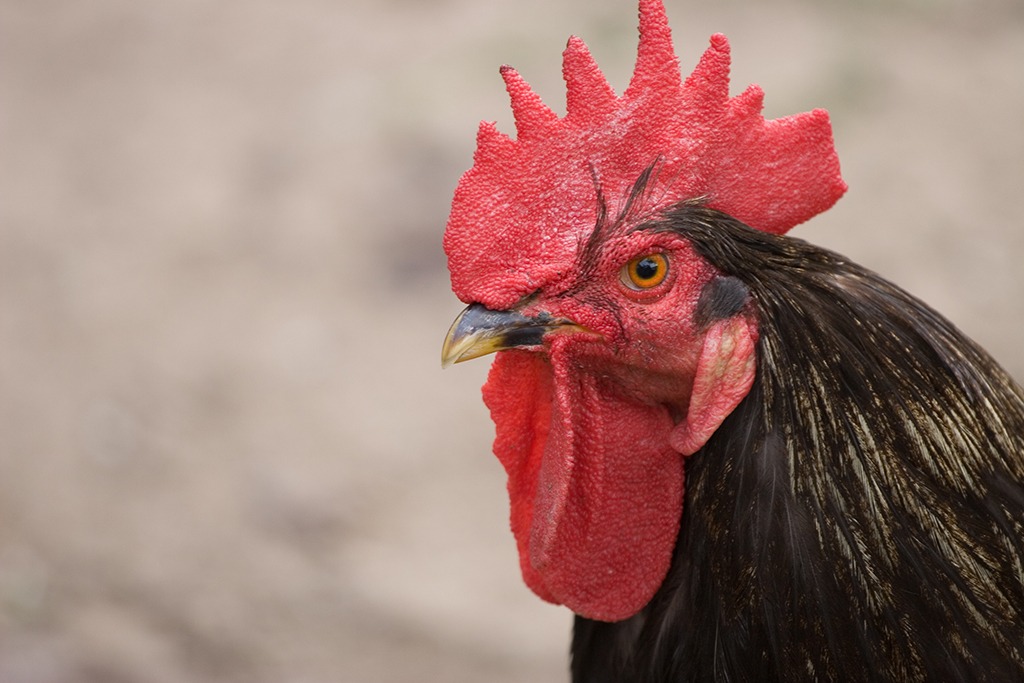
Native Americans: Differences in Our Crow, Apaches, Blackfoot Indians
Sacrificing Chickens: The Truth Behind Hmong and Native American Rituals
Explore the cultural significance of chicken sacrifices in Hmong traditions and how they compare to Native American customs, dress, and tribal differences.

Sacrificing Chickens: The Truth Behind Hmong and Native American Rituals – Cultural practices often carry deep significance, linking people to their heritage, beliefs, and traditions. One such practice, the sacrifice of chickens, holds particular meaning in Hmong culture, representing respect for spirits, ancestors, and the balance of life. But how does this compare to the rituals and customs of Native American tribes such as the Crow, Apache, and Blackfoot Indians?
The Role of Chicken Sacrifices in Hmong Culture
For the Hmong people, chicken sacrifices are deeply symbolic. Chickens are considered spiritually significant animals, used in rituals to communicate with ancestors, honor spirits, and restore harmony during festivals and family ceremonies. This practice highlights the Hmong’s animist beliefs, where nature and animal spirits play crucial roles in daily life.
While many may wonder what happens to the sacrificed chicken, the meat is often consumed as part of the ritual or given to animals, ensuring it doesn’t go to waste. For the Hmong, the act of sacrifice is about respect and connection rather than wastefulness.
Parallels with Native American Rituals
Native American cultures, while diverse, share a similar reverence for animals and their role in rituals. Tribes such as the Crow, Apache, and Blackfoot each have distinct customs, languages, and attire, but all hold nature and its creatures in high regard. Though the specific rituals differ, Native American practices often emphasize the spiritual connection between humans, animals, and the environment.
For instance, some tribes use animal offerings in ceremonies to honor spirits or seek guidance, mirroring the Hmong’s use of chickens in their rituals. The methods and meanings vary, but the underlying themes of respect and spirituality remain constant.
Recognizing Cultural Differences
A fascinating aspect of studying Hmong and Native American cultures is observing their differences in dress, language, and customs. Native American tribes can often be distinguished by their traditional attire or linguistic heritage, while the Hmong’s family and clan structures carry distinct identifiers within their communities.
Understanding these cultural practices helps bridge gaps in knowledge and fosters respect for their significance. For those unfamiliar with these traditions, asking thoughtful questions about their purpose and meaning — such as the role of chickens in Hmong culture or the spiritual practices of Native Americans — can lead to meaningful cross-cultural connections.
Conclusion
Both Hmong and Native American rituals reflect profound respect for animals, nature, and spirituality. While their practices may differ, their shared values of honoring life and tradition serve as a powerful reminder of the importance of cultural preservation.
By exploring these rituals, we not only deepen our understanding of diverse customs but also recognize the universal themes of connection, respect, and balance that transcend cultural boundaries.
References and Further Reading
- This blog provides an informative and respectful perspective on the significance of chicken sacrifices in Hmong culture and their comparison to Native American customs, fostering awareness and appreciation for these rich traditions.
- Sacrificing Chickens – The Truth | Ewesheep | Www.Backyardchickens.Com | With our Native Americans, we can figure out the differences in our Crow, Apaches and Blackfoot Indians by the way they dressed, their languages and their tribal customs.





See I learn something new everyday.
Pennie – That’s great!! Glad you can learn something new everyday in this website!!